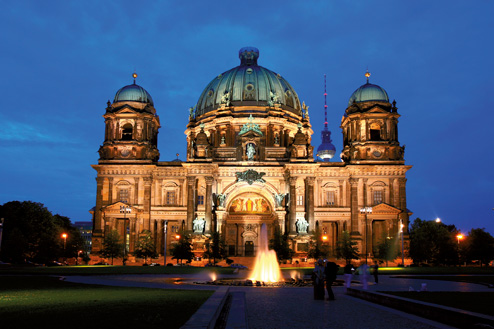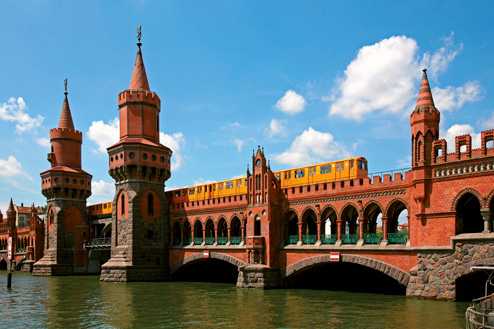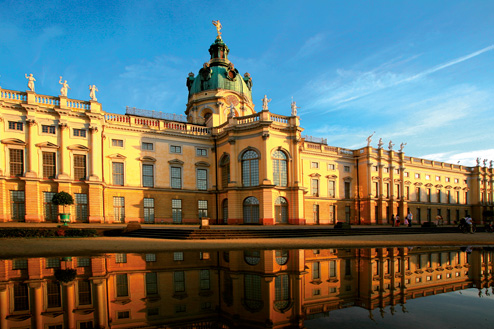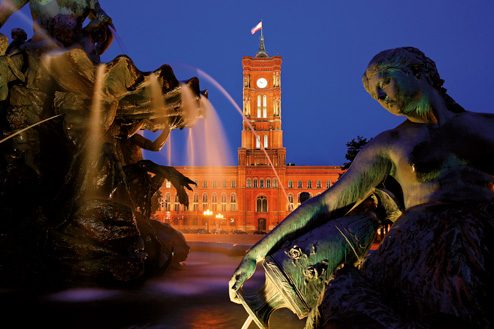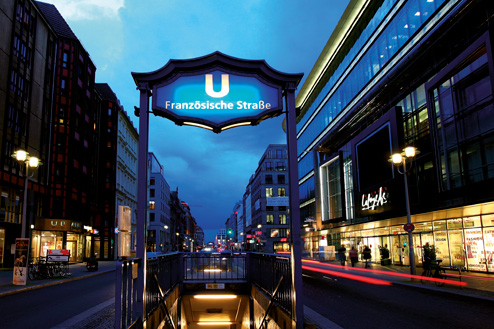Third Reich & Second World War
Berlin’s fortunes took a tragic turn for the worse in 1933 following Adolf Hitler’s rise to power. After his National Socialists garnered the most votes in democratic elections in the autumn of 1932, Hitler was made chancellor in January 1933. Using a dubious fire in the Reichstag as an excuse to dissolve parliament and install a dictatorship, his regime wreaked havoc on the city, throughout Germany, and across Europe during the terrible 12 year existence of the Third Reich. Hitler tried to use the 1936 Olympics in Berlin to promote his racist ideology, but the black US athlete Jessie Owens ruined the dictator’s propaganda party by winning four gold medals. The growing persecution of Berlin’s Jewish population over several years culminated in 1939 during the nationwide Kristallnacht pogrom, which saw Jewish shops in Berlin looted and vandalised, nine of the city’s 12 synagogues set on fire, and some 1,200 people arrested and deported to the Sachsenhausen concentration camp. But the situation deteriorated even further after Nazi Germany started the second world war by invading Poland in 1939. In 1942, Nazi officials plotted the systematic annihilation of Europe’s Jewry at a villa on the edge of Berlin. The infamous Wannsee Conference paved the way for the ‘final solution’ and the eventual genocide of six million Jews. But instead of creating a Thousand Year Reich, the Nazis would end up leaving Germany in tatters and Berlin utterly destroyed by Allied bombing and the Red Army’s unrelenting assault in 1945.

